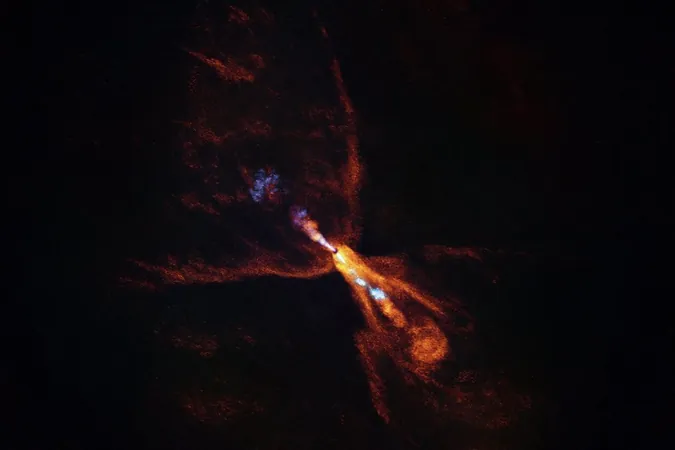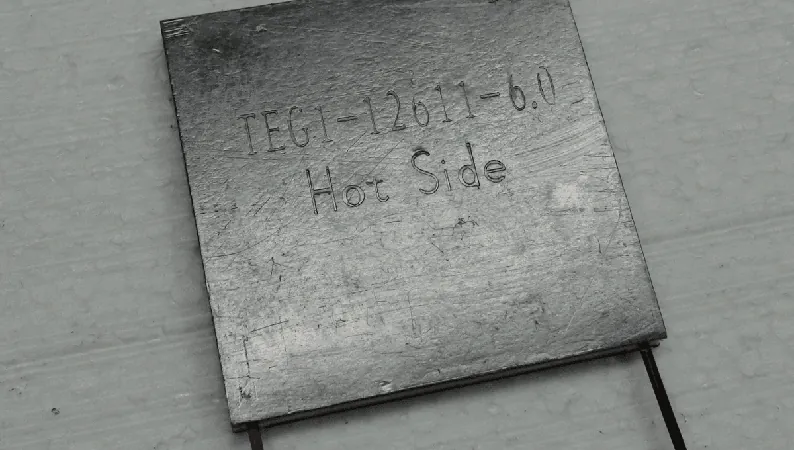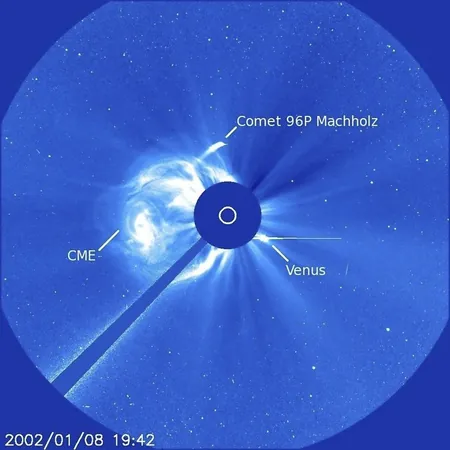
Discovery of Planet Formation in Distant System HOPS-315
2025-07-19
Author: Jacob
Witnessing the Birth of Planets!
Imagine traveling back in time to witness the birth of our Solar System, witnessing the moment planets began to take shape around a nascent Sun. Astronomers have achieved this groundbreaking feat with the help of the James Webb Space Telescope and ALMA.
For the first time, they've isolated the precise moment when planets start to coalesce around a distant star known as HOPS-315, a proto star located 1,300 light years from Earth.
The Early Stages of Planet Creation
This startling discovery reveals the first fragments of planet-forming materials — hot minerals that are just starting to solidify in the orbit of HOPS-315. Unlike previous findings, this marks the earliest stage of planet formation, offering us invaluable insight into our own cosmic history.
Leading the study, Melissa McClure from Leiden University emphasizes the significance: "We've identified the earliest moment when planet formation initiates around a star, beyond our own Sun. This insight into 'planetesimals' is crucial to understanding planetary genesis."
HOPS-315: A Cosmic Twin to Our Sun?
HOPS-315 is remarkably similar to our young Sun, a concept further highlighted by co-author Merel van ‘t Hoff, who refers to it as "a snapshot of a baby Solar System. We are witnessing a formation process akin to our own Solar System's infancy."
Unlocking the Mysteries of Solar System Formation
Asteroids and meteorites are prized for revealing the history of our Solar System, containing the first solid materials that formed close to the Sun. By dating these celestial bodies, scientists can establish the timeline for our Solar System's inception.
Minerals like silicon monoxide (SiO), identified in crystalline forms, can only condense under the high-heat environments of young planetary discs. The process happening around HOPS-315 shows SiO both in gaseous form and crystalline—which indicates we're witnessing the very beginnings of a new planetary system.
The Role of Advanced Telescopes
This remarkable work hinges on cutting-edge technology. The James Webb Space Telescope first detected these minerals, while ALMA pinpointed their location within the disc. This area mirrors the distance between our own asteroid belt and the Sun, suggesting a familiar cosmic environment.
As co-author Logan Francis notes, "We're observing these minerals in the same context as those found in asteroids from our Solar System, offering a delightful glimpse into our own past."
A Window into Cosmic History
HOPS-315 serves as a time capsule, offering astronomers a chance to explore the exact processes that shaped our Solar System. As van ‘t Hoff points out, this stellar system stands out as a prime candidate for studying planetary development in a context unlike any we've observed before.









 Brasil (PT)
Brasil (PT)
 Canada (EN)
Canada (EN)
 Chile (ES)
Chile (ES)
 Česko (CS)
Česko (CS)
 대한민국 (KO)
대한민국 (KO)
 España (ES)
España (ES)
 France (FR)
France (FR)
 Hong Kong (EN)
Hong Kong (EN)
 Italia (IT)
Italia (IT)
 日本 (JA)
日本 (JA)
 Magyarország (HU)
Magyarország (HU)
 Norge (NO)
Norge (NO)
 Polska (PL)
Polska (PL)
 Schweiz (DE)
Schweiz (DE)
 Singapore (EN)
Singapore (EN)
 Sverige (SV)
Sverige (SV)
 Suomi (FI)
Suomi (FI)
 Türkiye (TR)
Türkiye (TR)
 الإمارات العربية المتحدة (AR)
الإمارات العربية المتحدة (AR)